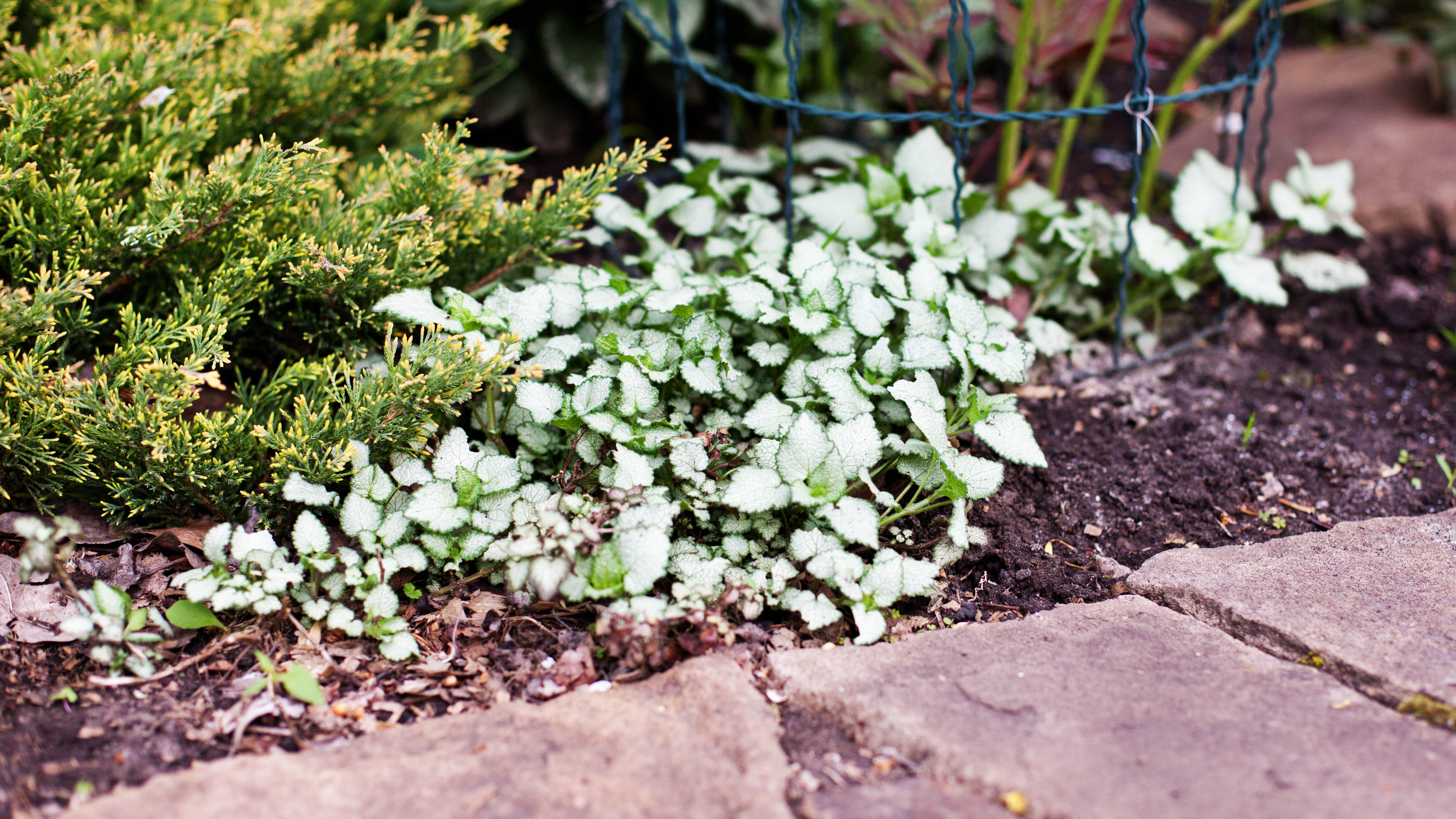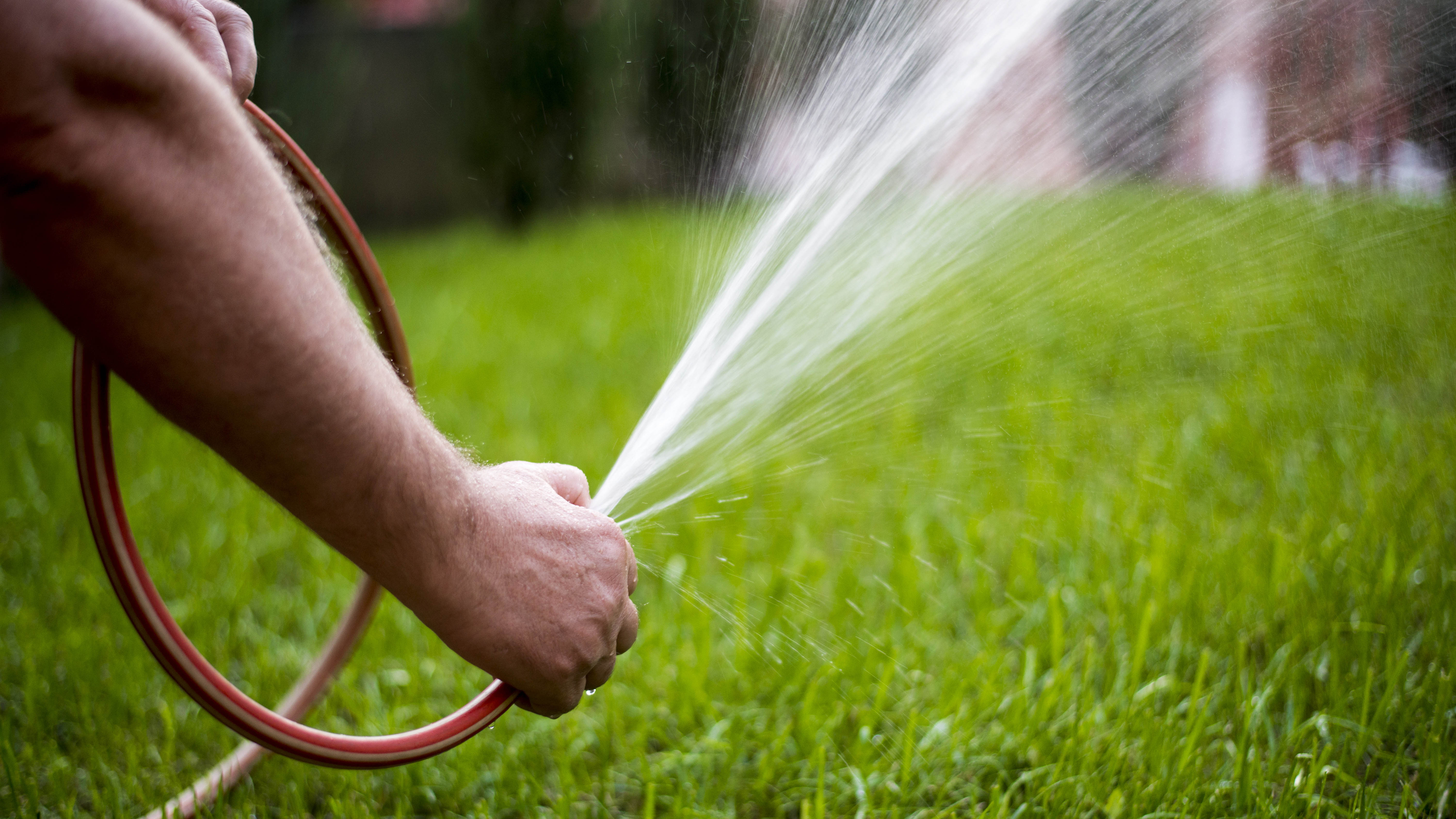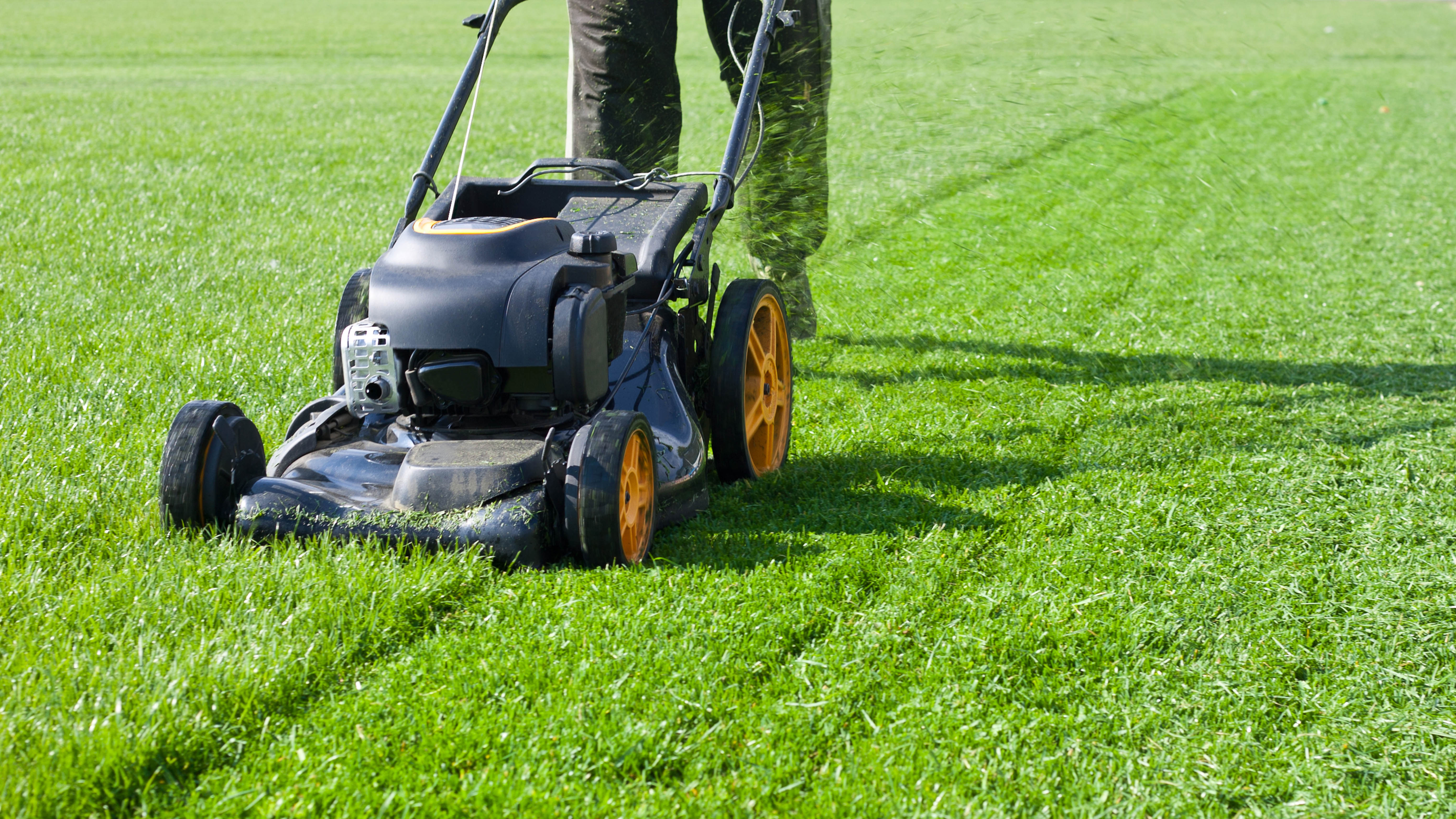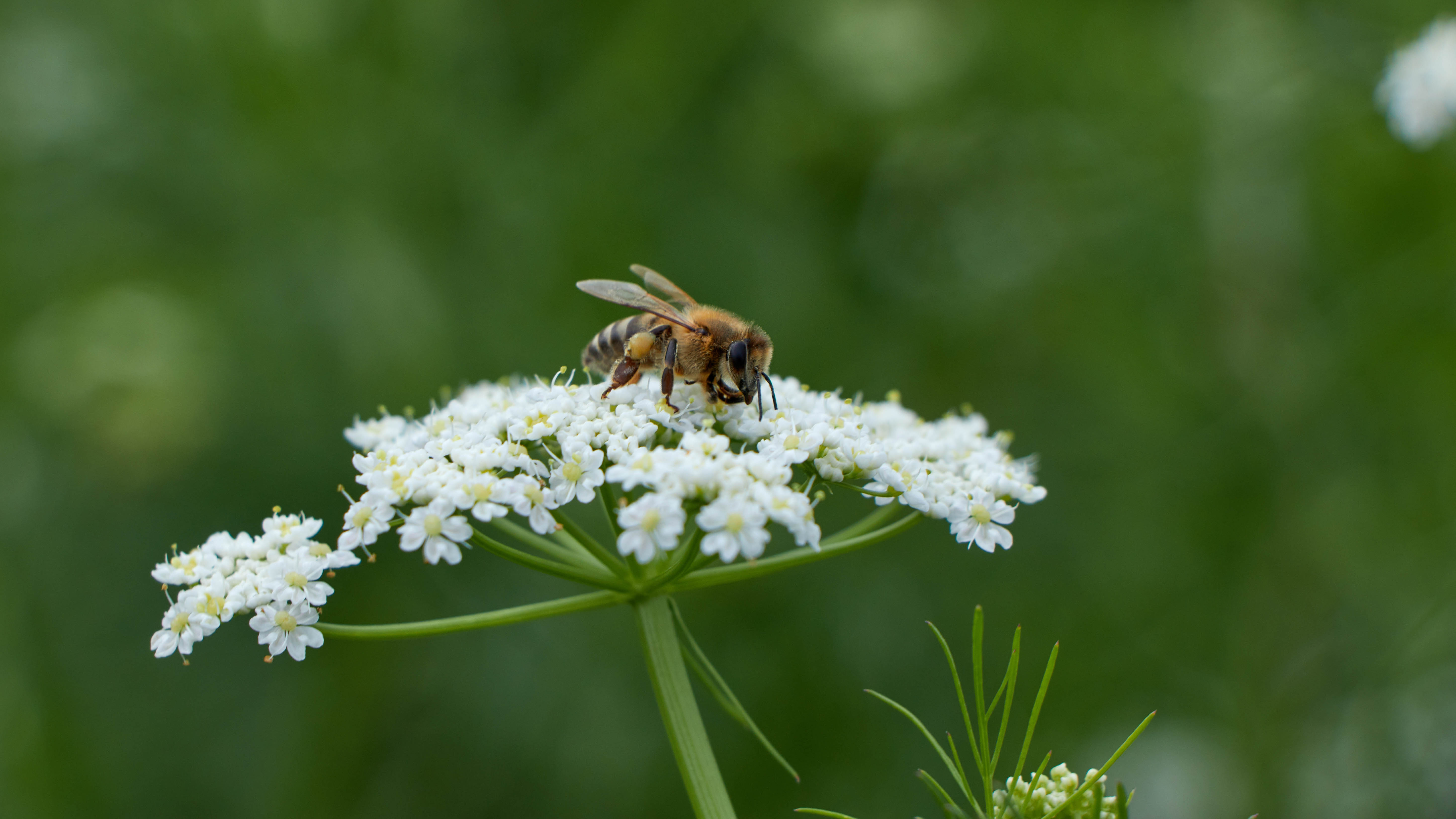7 uses for ground cover plants
Here’s why you need to add ground cover plants to your yard

Ground cover plants are usually low-growing perennial plants. They come in a lot of varieties, such as flowering creeping thyme or evergreens like creeping juniper. The most obvious reason to plant ground cover plants is to cover unsightly patches of bare soil. But there are lots of other reasons you might want to add ground cover plants to your garden.
Ground cover plants don’t grow particularly high so they’re not the best choice if you’re looking for plants that’ll help add privacy to your backyard. But they can be an important feature that adds interest to complement other plants within a well-planted border, so they shouldn't be overlooked.
Here are seven reasons why ground cover plants are a useful addition to a garden. And avoid these 7 mistakes everyone makes when deadheading plants. Plus, here are 7 best plants to grow in clay soil.
1. Keep weeds at bay

Any keen gardener will know the frustration of continual weeding. Not only is this a time-consuming garden chore, but a repetitive one. And if you neglect to weed around your borders and flower beds, the weeds will compete with your other plants, taking vital water and nutrients from the soil.
But, if there’s very little free space, weeds will have a hard time taking hold, and that’s where ground cover plants can help you out. These low growing, often creeping plants will cover the ground, without growing too tall and blocking the view of the other flowers and plants. The more space taken up by ground cover plants, the less space there is for weeds, thus the less time you’ll need to spend weeding.
You might also want to avoid making these weeding mistakes.
2. Cover unsightly bare patches of soil

As we suggested above, weeds are likely to take hold in bare patches of soil. Not only that, but bare dirt isn’t the most visually appealing look. Planting will always look nicer. And since most ground cover plants are often low-maintenance, it’s an easy way to make your yard look nicer, without having to invest lots of time tending to the plants.
Get instant access to breaking news, the hottest reviews, great deals and helpful tips.
Not only is bare soil unsightly, but it can become a litter box for neighborhood cats. So if you’ve got this problem, adding ground cover plants will deter cats from pooping in your yard. To deter them further, see our list of 7 plants that can repel cats.
3. Keep moisture in the soil

Bare soil dries out very fast in summer or in hotter states. And just like adding a mulch to your flower beds, ground cover plants can help with moisture retention. They act as a living mulch, blanketing the soil, and blocking the harsh, drying sunlight.
In addition to keeping moisture in the soil, they can also lock in nutrients too. And by using ground cover plants, you don’t have to worry about replacing mulch, which is another costly and time-consuming job.
4. Adds low level interest to flower beds

When thinking about what to plant in your border and flower beds, it’s all too easy to get caught up in the big-impact plants. And while it’s great to have trees, sculptural planting and vibrant, colorful flowers, often we ignore what it’ll look like at ground level.
Ground cover plants add interest lower down, without stealing any of the limelight from the more visually striking taller plants and flowers. And ground cover plants can also help to add interest and soften areas around the edges of a garden path, or front porch, without blocking the views.
5. Help avoid soil erosion

By planting hardy ground cover plants on tricky slopes, you reduce the need to access the area to pull weeds. Once established, their roots will knit together below the soil, helping to keep it in place and giving it better structural integrity.
Meanwhile, the plants will spread and form a blanket on top of the soil which reduces the chance of it getting washed down the slope in heavy rain. Plus, adding ground cover plants is a great easy way to make a steep uninteresting slope look more visually appealing.
6. Low maintenance gardening

For many of the reasons above, like keeping weeds at bay and helping the soil retain water, ground cover plants are a useful aid in a low maintenance garden. But similarly, by switching from lawns to areas of ground cover plants you can cut down the time spent mowing the lawn.
Plants like oregano, thyme and chamomile can be used to create green spaces without the requirement to get out there with your mower every week. And while you might not want to replace your entire lawn with ground cover plants, just changing part of it can drastically reduce the time you spend on lawn maintenance, freeing you up to do other valuable garden chores, like pruning.
In the meantime here are 9 ways to get the most out of your lawn mower.
7. Attract bees and pollinators

Lots of great ground cover plants are flowering plants that attract bees and pollinators. By adding flowering ground cover plants to previously bare patches of soil or lawned areas, not only do you get to enjoy the flowers, but you could help attract bees as well as other pollinators, improving the diversity of insects and wildlife in your garden too.
Bees and other pollinating insects are in decline but are a vital part of the natural ecosystem, so by planting more flowering plants, you will be playing a part in improving the natural world.
More from Tom's Guide
Helen started reviewing home and kitchen appliances in 2007 at the Good Housekeeping Institute and has never looked back. She’s now freelance and reviews all sorts of appliances from her home in a pretty village in the UK. Despite having reviewed hundreds of coffee machines in her time, she’s only recently developed a love for coffee and a daily coffee habit, which makes tasting all those coffees much more enjoyable!

